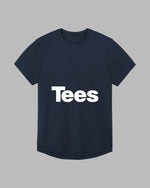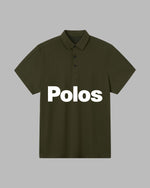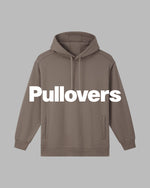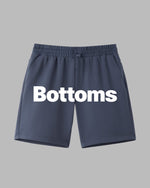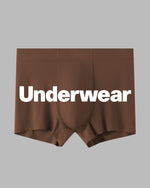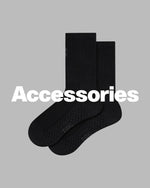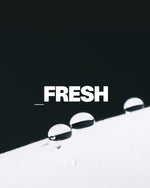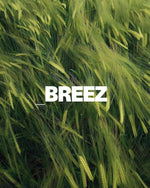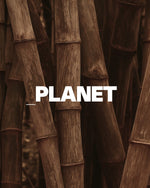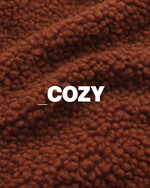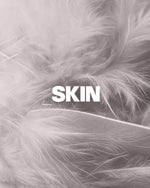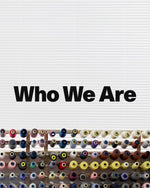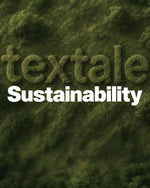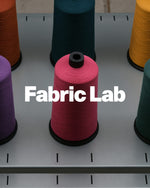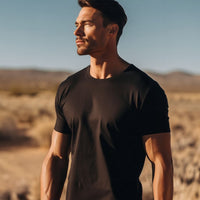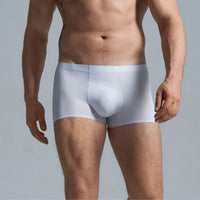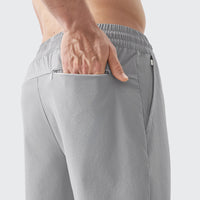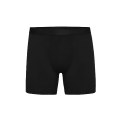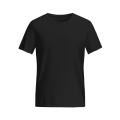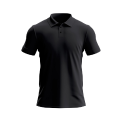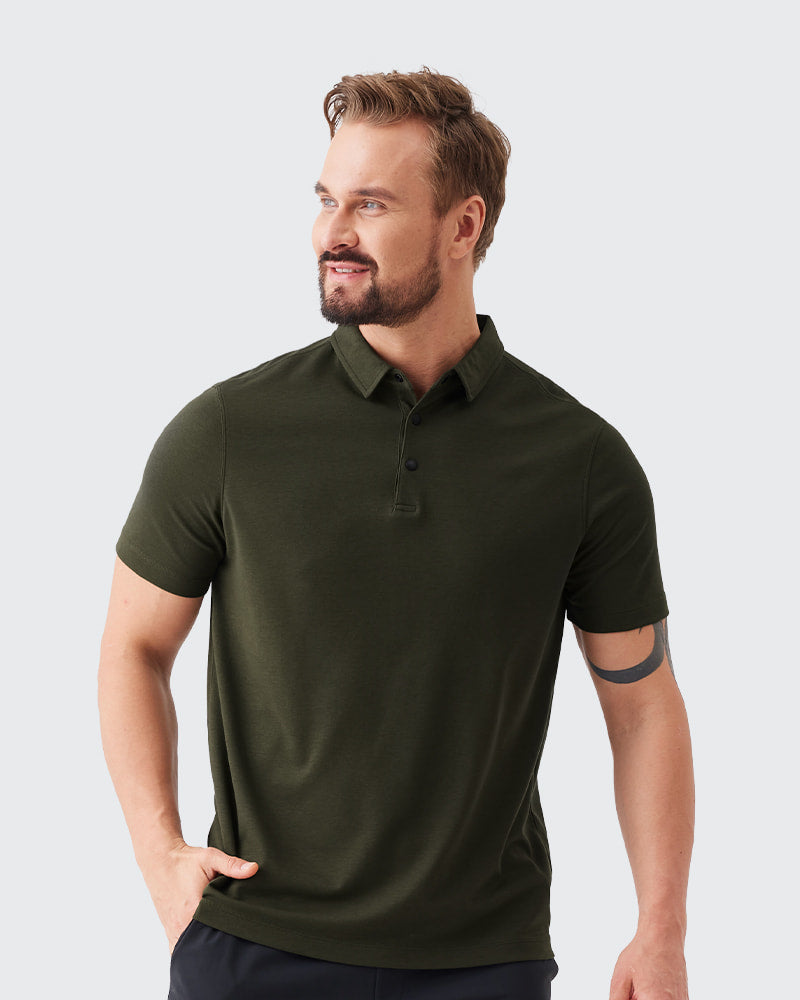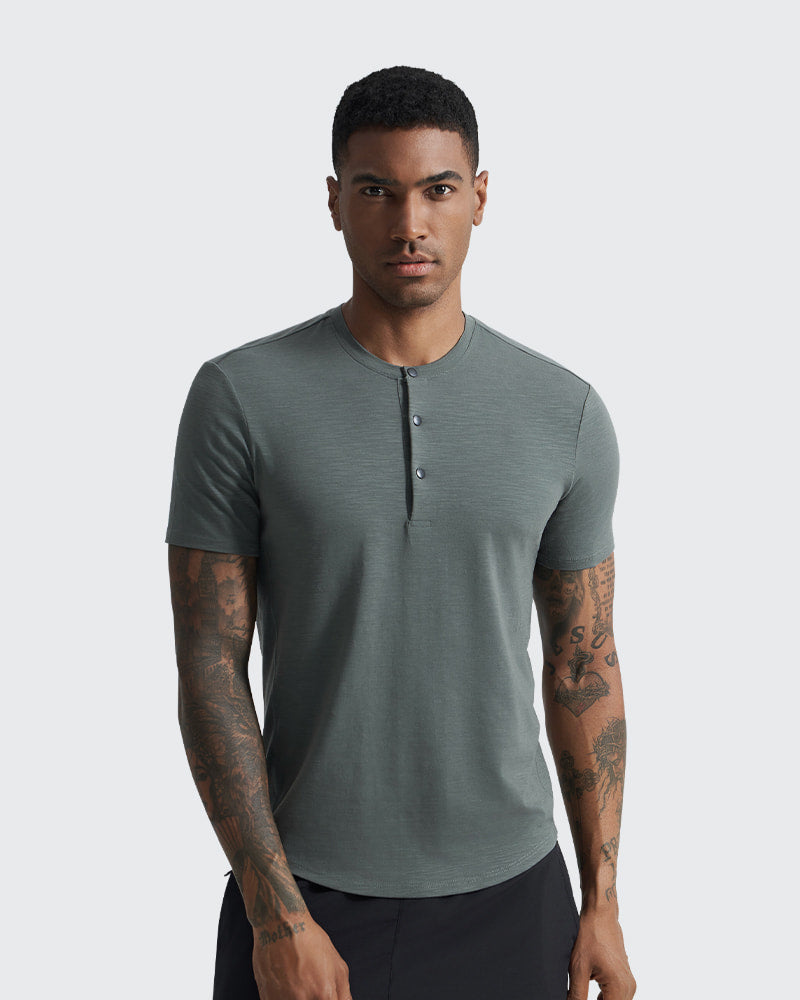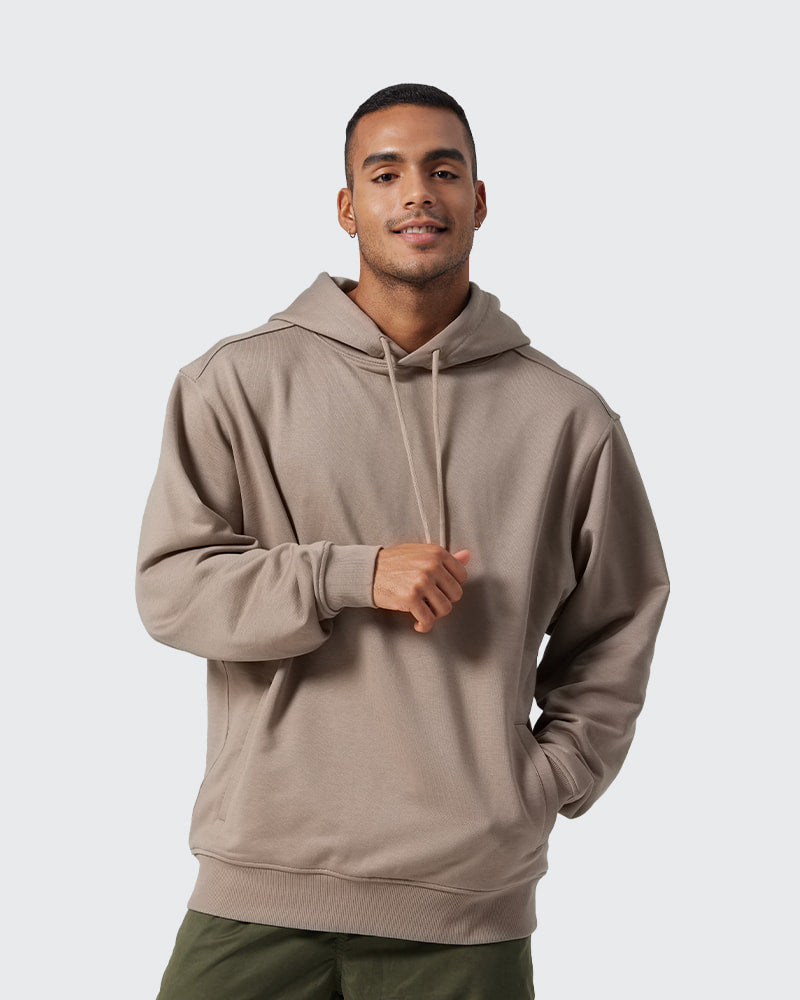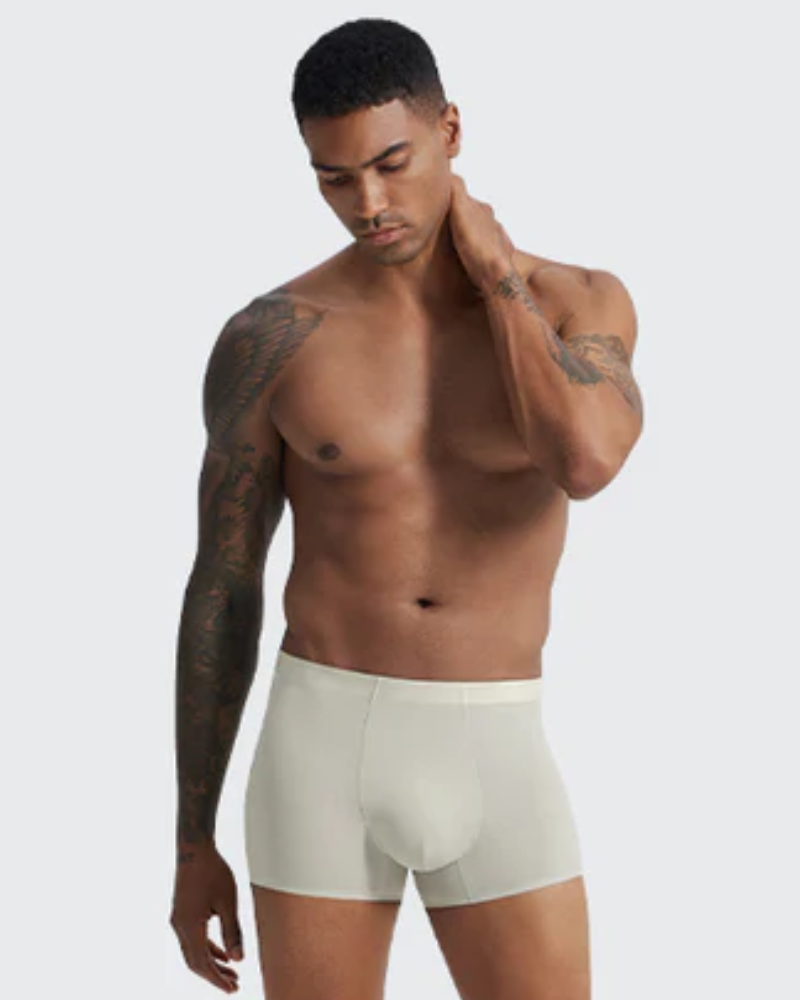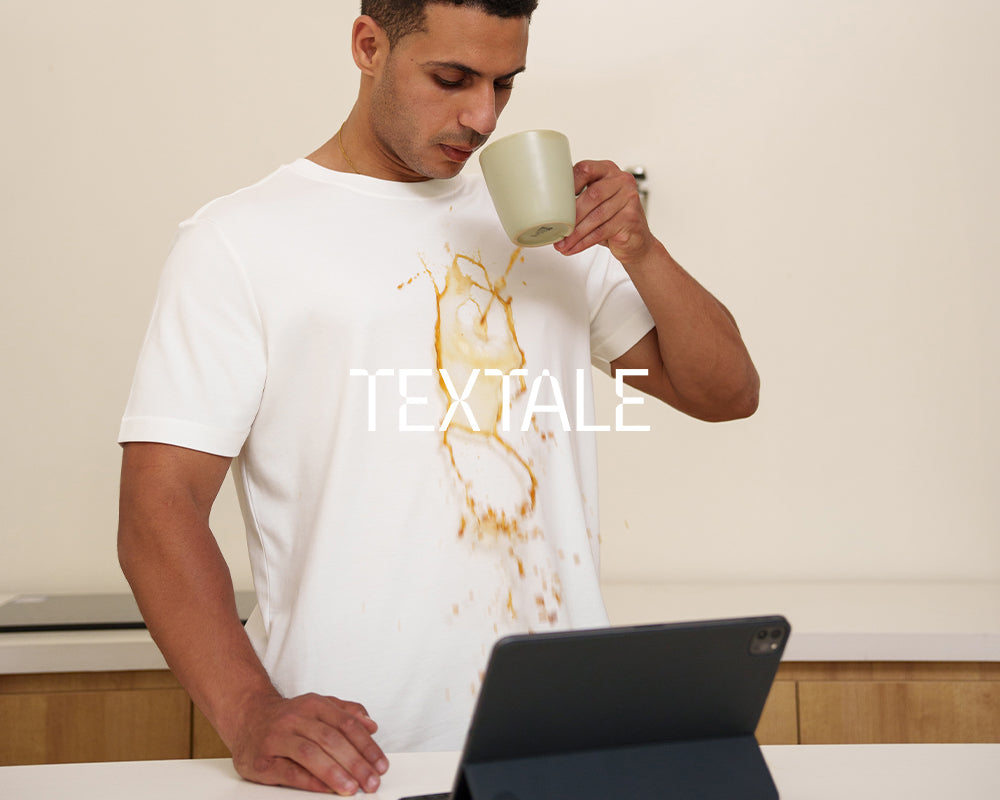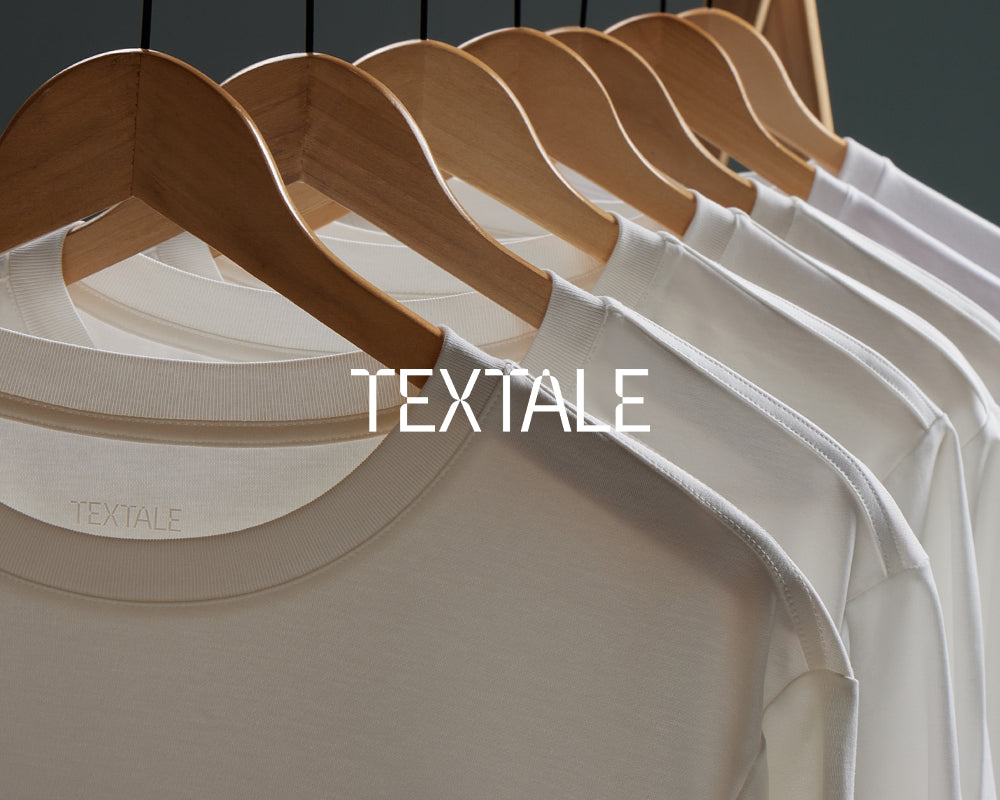Introduction
Rain repellent hoodies offer a versatile and stylish alternative to bulky raincoats for handling light to moderate rainfall. Water resistant fabrics and coatings allow these jackets to repel pouring rain and wet weather while maintaining breathability, preventing overheating, and allowing freedom of movement. In contrast, most raincoats are made of non-porous waterproof membranes and thicker insulating layers that fully seal out the elements but can also be hot and restrictive.
For those seeking more coverage and protection than a standard hoodie provides without sacrificing style and comfort, rain repellent hoodies split the difference between raincoats and regular activewear. They shield key areas like the torso, hood, and sleeves from soaking-wet conditions, yet flesh and joints remain exposed, avoiding the stiff, cumbersome feel of a full-body raincoat. Rain repellent hoodies come in a range of fashion-forward styles, colors, and prints, perfect for any wardrobe or occasion. In comparison, raincoats are primarily functional rather than stylish outerwear, with limited options beyond basic cuts and neutral hues.
Rain Resistance and Protection
While rain repellent hoodies and raincoats share a common goal of shielding from rain, they differ sharply in terms of convenience and practicality. Rain repellent hoodies are lightweight, versatile, and easily packed into bags, making them ideal for on-the-go use, intermittent needs, and unpredictable weather conditions. In contrast, most raincoats are heavier, bulkier, and more difficult to store or carry when not in use, given their non-porous, laminate waterproof construction.
Umbrellas also aim to keep precipitation at bay but fare poorly compared to everyday utility. They require manual opening and closing for any change in conditions, and wind can easily turn an umbrella inside out or render it useless altogether. Umbrellas also have limited coverage, protecting only the top half of the body and areas directly under the opened span. For full-body coverage against heavy or shifting rain, an umbrella will never replace either a rain repellent hoodie or raincoat.
Budget
Beyond convenience, rain repellent hoodies and raincoats also differ substantially in terms of cost. Rain repellent hoodies tend to be more affordable and budget-friendly, given they are made of standard fabrics rather than specialized waterproof membranes and coatings. High-quality raincoats, on the other hand, utilize expensive, durable waterproof-breathable fabrics and aerodynamic profiles to maximize weather resistance, and prices reflect this. While raincoats may have lower lifetime costs from less frequent replacement needs, their higher upfront costs can be prohibitive for many consumers.
Durability
Beyond convenience, cost, and versatility, rain repellent hoodies also differ substantially from raincoats and umbrellas in terms of durability and product lifespan. Rain repellent treatments and coatings, while effective at shielding from light rain and moisture, will eventually wash or wear away with repeated use and washing cycles. Frequent reapplication may be needed to maintain high levels of weather resistance, and the coatings may deteriorate over time with extended exposure. In contrast, waterproof membranes and laminates used in raincoats are designed and constructed for longevity and the high-volume, repeated use cases common in workwear or outdoor apparel.
Umbrellas face the opposite issue, with most consumer models lacking durability, given their throwaway, budget-friendly nature. Simple materials and construction mean umbrellas tend to tear, break or deteriorate rapidly with frequent opening, closing, and exposure to the elements. High winds can easily turn a low-cost umbrella inside out, rendering it useless. While umbrellas may be suitable for sporadic or occasional use, they fail to satisfy the need for a durable, dependable solution in the rain across workdays, weekends, or extended trips.
For the trade-off in upfront cost and limited versatility, high-quality raincoats do deliver the most robust and long-lasting weather protection currently available for consumers. Non-porous, abrasion-resistant waterproof fabrics and tightly sealed, taped seams mean raincoats retain effectiveness through hundreds of cycles of use and machine wash/dry. However, raincoats still cannot match membranes and coatings optimized for workwear in terms of sheer durability and high-volume use cases. For general consumers seeking an affordable yet dependable solution against rain and other elements over the long run, rain repellent hoodies represent the most compelling choice when versatility and breathability remain priorities.
Sustainability
Beyond versatility and cost, rain repellent hoodies also excel in environmentally-friendly and eco-friendly apparel alternatives compared to raincoats and umbrellas. Minimal specialized fabrics and manufacturing processes mean a smaller environmental footprint and lower waste output than plastic-based umbrellas or heavily laminated raincoats. No specialized waterproof membranes or non-porous coatings require energy-intensive production and application, reducing the embodied carbon of the final product. Simple fabric dyes also tend to be more natural and less chemically intensive than those used to color specialized waterproof-breathable fabrics or high-visibility prints common in workwear.
In contrast, most umbrellas and some raincoats utilize non-biodegradable materials, toxic dyes, and plastics that pose issues for recycling, composting, and waste management. PVC or polyurethane-based umbrellas and coatings require fossil fuels for production and do not break down naturally, becoming a burden on landfills for hundreds of years. Even highly- marketable Eco or ‘ environmental’ models still rely on synthetic materials and manufacturing processes with a larger environmental footprint than most standard apparel fabrics. For the eco-conscious consumer seeking sustainable apparel for rainy or variable conditions, rain repellent hoodies stand apart as an optimal choice with a minimal impact versus conventional alternatives.
Durability and lifetime use remain the strongest arguments for raincoats versus single-season rain repellent hoodies, especially for high-demand use cases. However, even the most rugged and long-lasting raincoats will eventually meet their end of life, and recycling infrastructure still struggles with some specialized waterproof-breathable fabrics. With simple, natural, and mixed-fiber construction, rain repellent hoodies can more easily be composted or upcycled for second lives as cleaning rags, stuffing, or other repurposed uses. While they may need replacement more frequently, their smaller-scale environmental impact per unit can still prove more sustainable over the lifetime of multiple products versus a single high-durability raincoat.
Conclusion
In summary, rain repellent hoodies prove a versatile and compelling choice for light to moderate rain protection and defense against other elements compared to standard raincoats or umbrellas. They satisfy essential needs for coverage and weather resistance at a lower total cost of ownership across factors like price, environmental impact, convenience, and comfort. Rain repellent hoodies offer functional water resistance and breathability without specialized expensive waterproof fabrics, membranes, or coatings. They also facilitate flexibility and style through on-trend designs rather than basic utility cuts.

